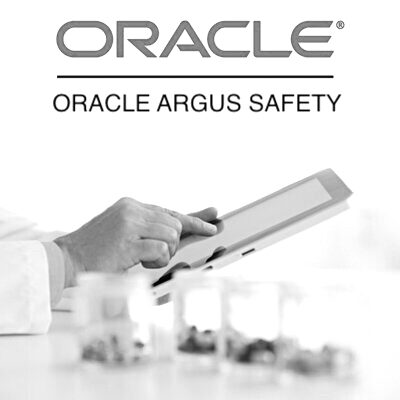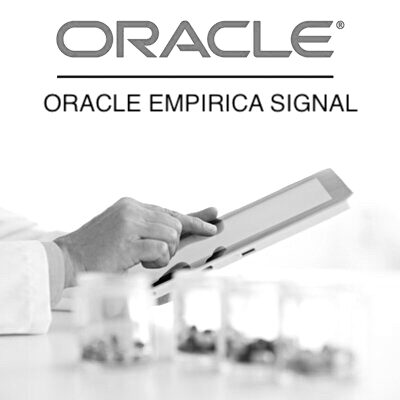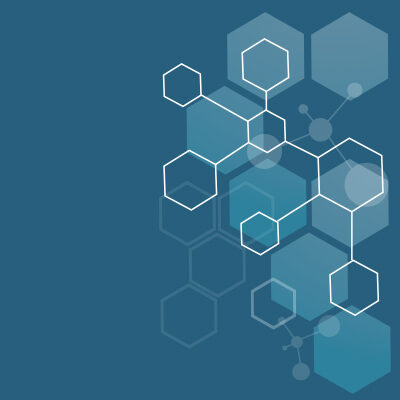Table of Contents
- From Pharmacy to Pharmacovigilance: Navigating the Evolution of Pharmaceutical Safety
- The Role of a Pharmacist: A Traditional Perspective
- The Advent of Pharmacovigilance
- The Journey from Pharmacy to Pharmacovigilance
- The Importance of Pharmacovigilance
- Challenges in Pharmacovigilance
- Future Prospects of Pharmacovigilance
- Conclusion
- Oracle Argus Safety Essentials
- Oracle Argus Safety Essentials + Console
- Oracle Argus Safety – Live Online
- Oracle Argus Safety + Console – Live Online
- Oracle Empirica Signal
- Oracle Empirica Signal – Live Online
- Diploma in Pharmacovigilance
- Argus Safety – Business Configuration and Administration
From Pharmacy to Pharmacovigilance: Navigating the Evolution of Pharmaceutical Safety
The world of pharmaceuticals has undergone a dramatic evolution over the past century. This transformation is marked by significant advancements in drug discovery, development, and distribution. However, alongside these advancements comes an increased responsibility to ensure drug safety. This is where the field of pharmacovigilance (PV) comes into play. Transitioning from traditional pharmacy roles to pharmacovigilance is becoming increasingly common, as professionals seek to engage more deeply with the safety and efficacy of medications. This blog explores this journey from pharmacy to pharmacovigilance, highlighting the importance, challenges, and future prospects of this vital domain.
The Role of a Pharmacist: A Traditional Perspective
Pharmacists have long been the custodians of drug dispensing and patient counseling. Their primary responsibilities traditionally included:
- Dispensing Medications: Ensuring patients receive the correct medications in the right dosages.
- Patient Counseling: Educating patients about their medications, including proper usage, potential side effects, and interactions.
- Medication Therapy Management: Monitoring and optimizing medication regimens to improve patient outcomes.
- Public Health Advocacy: Participating in community health initiatives and promoting wellness.
While these roles remain crucial, the scope of pharmacy practice is expanding beyond the confines of dispensing and patient interaction.
The Advent of Pharmacovigilance
Pharmacovigilance, defined by the World Health Organization (WHO) as “the science and activities relating to the detection, assessment, understanding, and prevention of adverse effects or any other drug-related problem,” has become an integral part of the pharmaceutical landscape. The rise of PV can be attributed to several factors:
- Increased Drug Development: The rapid pace of drug discovery and development has led to a surge in new medications entering the market.
- Globalization: The global distribution of pharmaceuticals necessitates robust safety monitoring across diverse populations.
- Regulatory Requirements: Regulatory agencies worldwide mandate stringent PV practices to ensure drug safety.
- Patient Awareness: Patients are becoming more informed and vocal about medication safety, driving the demand for rigorous PV practices.
The Journey from Pharmacy to Pharmacovigilance
Transitioning from a traditional pharmacy role to pharmacovigilance involves several steps and considerations. Here’s a closer look at this journey:
1. Acquiring Relevant Education and Skills
Pharmacovigilance requires specialized knowledge and skills beyond those typically acquired in pharmacy school. Key areas of expertise include:
- Adverse Drug Reactions (ADRs): Understanding the mechanisms, identification, and classification of ADRs.
- Regulatory Knowledge: Familiarity with PV regulations and guidelines issued by bodies such as the FDA, EMA, and WHO.
- Data Analysis: Proficiency in analyzing clinical data to detect safety signals.
- Risk Management: Developing and implementing risk management plans to mitigate potential drug-related risks.
Pharmacists can acquire these skills through advanced degrees, certifications, and on-the-job training in pharmacovigilance.
2. Gaining Practical Experience
Hands-on experience is invaluable in PV. Pharmacists can gain practical experience by:
- Hands on Experience with Argus Safety: Understanding the process of managing in reporting safety data using a pharmacovigilance software such as Oracle Argus Safety gives you an edge as the industry demands professionals with hands-on practical understanding of how drug safety data is recorded, managed and reported.
- Internships and Fellowships: Participating in PV internships and fellowships offered by pharmaceutical companies, regulatory agencies, and academic institutions.
- On-the-Job Training: Working in roles that involve drug safety monitoring, such as in clinical trials or regulatory affairs departments.
3. Understanding the PV Landscape
A thorough understanding of the pharmacovigilance landscape is crucial. This includes:
- Signal Detection and Management: Identifying and managing signals that indicate potential drug safety issues.
- Case Processing: Handling individual case safety reports (ICSRs) and ensuring accurate and timely reporting.
- Regulatory Reporting: Complying with regulatory requirements for reporting ADRs and safety data.
- Risk Communication: Effectively communicating risks to healthcare professionals, regulatory bodies, and the public.
4. Building a Network
Networking with professionals in the PV field can provide valuable insights and opportunities. Pharmacists can join professional organizations, attend conferences, and participate in online forums to connect with PV experts and stay updated on industry trends.
The Importance of Pharmacovigilance
Pharmacovigilance is crucial for several reasons:
1. Ensuring Patient Safety
The primary goal of PV is to protect patients from harm. By monitoring and evaluating drug safety, PV professionals can identify potential risks and take corrective actions to prevent adverse outcomes.
2. Supporting Regulatory Compliance
Regulatory agencies mandate strict PV practices to ensure the safety and efficacy of medications. Compliance with these regulations is essential for pharmaceutical companies to maintain market authorization and avoid legal repercussions.
3. Enhancing Drug Development
PV provides valuable data that can inform drug development. By understanding the safety profiles of medications, researchers can design safer and more effective drugs.
4. Building Public Trust
Effective pharmacovigilance fosters public trust in the healthcare system. When patients are confident that their safety is a priority, they are more likely to adhere to prescribed treatments and engage in healthcare initiatives.
Challenges in Pharmacovigilance
Despite its importance, pharmacovigilance faces several challenges:
1. Data Overload
The sheer volume of data generated from clinical trials, post-marketing surveillance, and spontaneous reports can be overwhelming. Efficient data management and analysis are critical to identify true safety signals amid the noise.
2. Global Coordination
Pharmacovigilance requires coordination across different countries and regulatory environments. Ensuring consistency and harmonization in PV practices can be challenging.
3. Technological Advancements
Advances in technology, such as artificial intelligence and machine learning, offer new opportunities for PV but also require ongoing adaptation and skill development.
4. Limited Resources
Many healthcare systems and regulatory agencies face resource constraints that can limit the scope and effectiveness of PV activities.
Future Prospects of Pharmacovigilance
The future of pharmacovigilance is promising, with several trends shaping its evolution:
1. Technological Integration
The integration of advanced technologies, such as AI and big data analytics, is revolutionizing PV. These tools can enhance signal detection, automate routine tasks, and improve the accuracy of safety assessments.
2. Personalized Medicine
As personalized medicine gains traction, PV will need to adapt to monitor the safety of treatments tailored to individual patients’ genetic profiles and conditions.
3. Real-World Evidence
The use of real-world evidence (RWE) from electronic health records, patient registries, and other sources is becoming increasingly important in PV. RWE can provide insights into the long-term safety and effectiveness of medications in diverse populations.
4. Global Collaboration
Global collaboration among regulatory agencies, pharmaceutical companies, and healthcare providers is essential to address the challenges of pharmacovigilance and ensure patient safety worldwide.
Conclusion
The transition from pharmacy to pharmacovigilance represents a significant career shift that combines traditional pharmaceutical knowledge with specialized expertise in drug safety. As the pharmaceutical landscape continues to evolve, the role of PV professionals becomes ever more critical in ensuring that medications are safe and effective for all patients. By embracing this dynamic field, pharmacists can contribute to the advancement of healthcare and the protection of public health, ultimately making a profound impact on patient safety and well-being.
You may be interested in…
-
 eLearning + software
eLearning + softwareOracle Argus Safety Essentials
$599.00 -
 eLearning + software
eLearning + softwareOracle Argus Safety Essentials + Console
$799.00 -
 Live Online
Live OnlineOracle Argus Safety – Live Online
$999.00 -
 Live Online
Live OnlineOracle Argus Safety + Console – Live Online
$999.00 -
 eLearning + software
eLearning + softwareOracle Empirica Signal
$599.00 -
 Live Online
Live OnlineOracle Empirica Signal – Live Online
$999.00 -
 eLearning + software
eLearning + softwareDiploma in Pharmacovigilance
$799.00 -
 eLearning + software
eLearning + softwareArgus Safety – Business Configuration and Administration
$599.00

